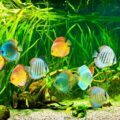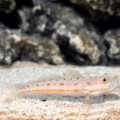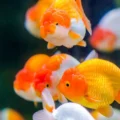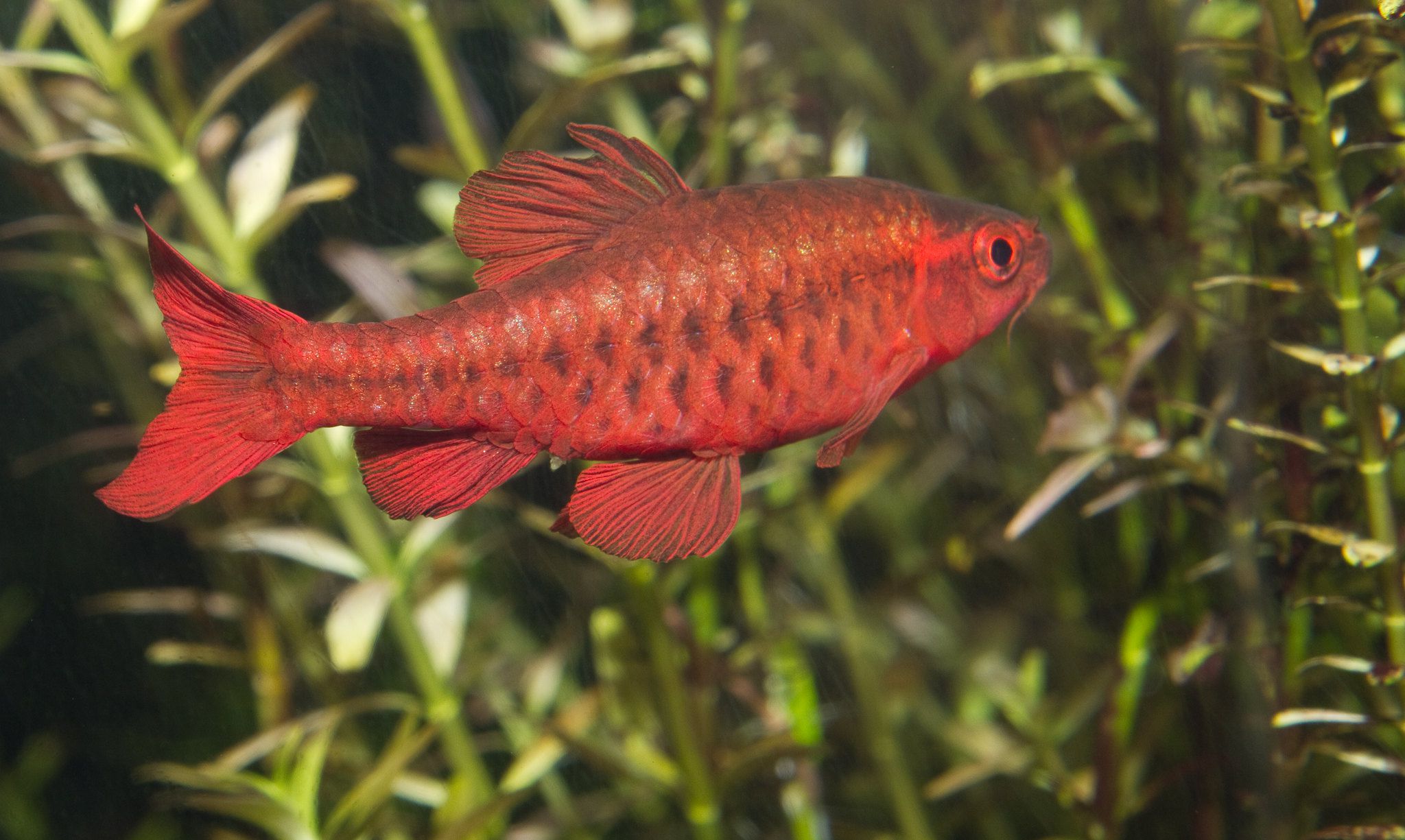If you’re a fan of vibrant and diverse fish species, you may have come across Killifish. These fascinating creatures, known for their beautiful colors and unique patterns, make for a stunning addition to any aquarium. However, when it comes to keeping Killifish, one question that often arises is: how many Killifish should be kept together? In this article, we will explore the optimal group size for Killifish and provide some essential guidelines to ensure the well-being of these captivating aquatic creatures.

Understanding Killifish
Overview of Killifish: Killifish belong to the Cyprinodontidae family and are known for their wide variety of species. They are mostly found in freshwater habitats, particularly in Africa, South America, and parts of Asia. These small fish species exhibit exceptional beauty with their vibrant colors and intricate patterns, making them highly sought after by aquarium enthusiasts.
Characteristics of Killifish: Killifish typically measure around 2.5 inches (6 cm) in length, making them ideal for smaller aquarium setups. However, their size shouldn’t deter you from keeping multiple Killifish together, as they thrive in groups and enjoy social interaction.

Optimal Group Size for Killifish
Factors Influencing Group Size: When determining the number of Killifish to keep together, several factors come into play. These include the size of your aquarium, the behavior of Killifish, and their compatibility with other fish species. Assessing these factors is crucial to ensure a harmonious and healthy environment for your aquatic pets.
Benefits of Keeping Killifish in Groups: Killifish are naturally social creatures, and keeping them in groups provides several benefits. Group interactions reduce stress levels and promote natural behaviors such as schooling, foraging, and breeding. Furthermore, observing Killifish in a group allows you to appreciate their stunning colors and patterns as they engage with one another.
Risks of Overcrowding: While group living is essential for Killifish, it’s crucial to avoid overcrowding your aquarium. Overcrowding can lead to aggressive behavior, poor water quality, and increased stress levels for the fish.
To maintain a healthy environment, it’s essential to find the right balance between socializing and providing enough space for each fish.

Recommended Number of Killifish per Aquarium
Depending on Tank Size: The number of Killifish you can keep together depends on the size of your aquarium. As a general guideline, a pair of Killifish can comfortably live in a 10- to 20-gallon aquarium.
With larger tanks, you can consider keeping multiple pairs or trios of Killifish together, ensuring ample space for each fish to thrive.
Considering Fish Size and Behavior: When determining the number of Killifish to keep, it’s vital to consider their size and behavior. Larger species may require more space, while smaller ones can coexist in larger groups.
Additionally, some Killifish species exhibit territorial behavior, so providing enough hiding spots and places to establish territories is essential.
Compatibility with Other Fish Species: When planning your Killifish community, compatibility with other fish species is crucial. Some fish may interact positively with Killifish, while others may exhibit aggressive behavior. Researching and selecting compatible tank mates will help create a harmonious aquatic ecosystem.

Maintaining a Healthy Environment for Killifish
Appropriate Tank Size and Setup: To ensure the well-being of Killifish in a group, it’s important to provide an appropriately sized aquarium. Adequate space allows for proper swimming, reduces stress, and minimizes the risk of territorial disputes.
A well-designed tank setup with ample hiding places, plants, and suitable substrate mimics their natural habitat and promotes a comfortable living environment.
Water Parameters for Killifish: Maintaining optimal water parameters is essential for the health of Killifish. Regular water testing and ensuring proper filtration helps maintain stable conditions. Additionally, monitoring the temperature, pH levels, and water hardness align with the specific requirements of your chosen species and promote their overall well-being.
Providing Sufficient Hiding Places: Killifish appreciate having hiding places to retreat to when they feel the need for security or privacy. Adding caves, plants, and driftwood to your aquarium creates a suitable environment for them to establish their territories or rest when necessary.
Considering Breeding Requirements: These egg-laying fish are a unique addition to aquariums. If you plan on breeding Killifish, it’s important to provide appropriate breeding conditions within the aquarium. This may include spawning mops or separate breeding tanks to facilitate successful reproduction without disturbing the rest of the fish community.
Also, to breed killifish, ensure they eat frozen foods. Because Killifish eat frozen foods and lay eggs – a fascinating trait of these egg-laying fish.

Other Considerations for Keeping Killifish Together
Gender Ratio in a Group: Achieving a balanced gender ratio is crucial when keeping Killifish in groups. It’s typically recommended to have one male to two or three females to minimize the chances of aggression and ensure a harmonious social structure.
Aggression and Territorial Behavior: Some Killifish species may exhibit territorial behavior, especially during breeding or defending their territories. Providing sufficient hiding spots and territorial boundaries helps minimize aggression and maintain a peaceful community.
Group Dynamics and Social Structure: Observing Killifish in a group reveals fascinating social dynamics. These fish establish hierarchies and social interactions that contribute to their overall well-being. It’s important to monitor the group dynamics and intervene if you notice prolonged aggressive behavior or dominance issues.
Aquatic Jewels: The Magic of Killifish in Your Tank
Killifish, renowned for their vibrant colors and intricate patterns, are among the most sought-after freshwater fish for aquarium enthusiasts. These captivating creatures thrive in a variety of setups, from species tanks to community tank, adding a splash of color to any aquatic environment.
When it comes to feeding, killifish eagerly consume a diverse diet, including frozen brine shrimp, live baby brine shrimp, and mosquito larvae, making them relatively easy to care for. In a breeding aquarium, they showcase their unique breeding behavior, as egg-laying fish. Dedicated hobbyists can witness the fascinating process of eggs hatch into live fry.
To create an ideal habitat, floating plants are recommended, providing shelter and breeding sites for these egg-laying marvels. However, caution is advised when keeping killifish with larger fish, as their delicate fins may make them vulnerable to aggressive tankmates.
Among the most popular varieties is the Golden Wonder Killifish, admired for its striking appearance and ease of care. Overall, killifish are not only very beautiful fish but also rewarding to breed and observe in aquarium settings.

Conclusion
In conclusion, keeping Killifish in groups is not only visually appealing but also beneficial for their overall well-being. By considering factors such as tank size, fish behavior, and compatibility with other species, you can determine the appropriate number of Killifish to keep together.
Providing a suitable environment, monitoring group dynamics, and maintaining optimal water parameters contribute to the health and happiness of your Killifish community. Remember, a well-balanced group of Killifish in a properly maintained aquarium will provide you with endless enjoyment and appreciation for these incredible aquatic creatures.










